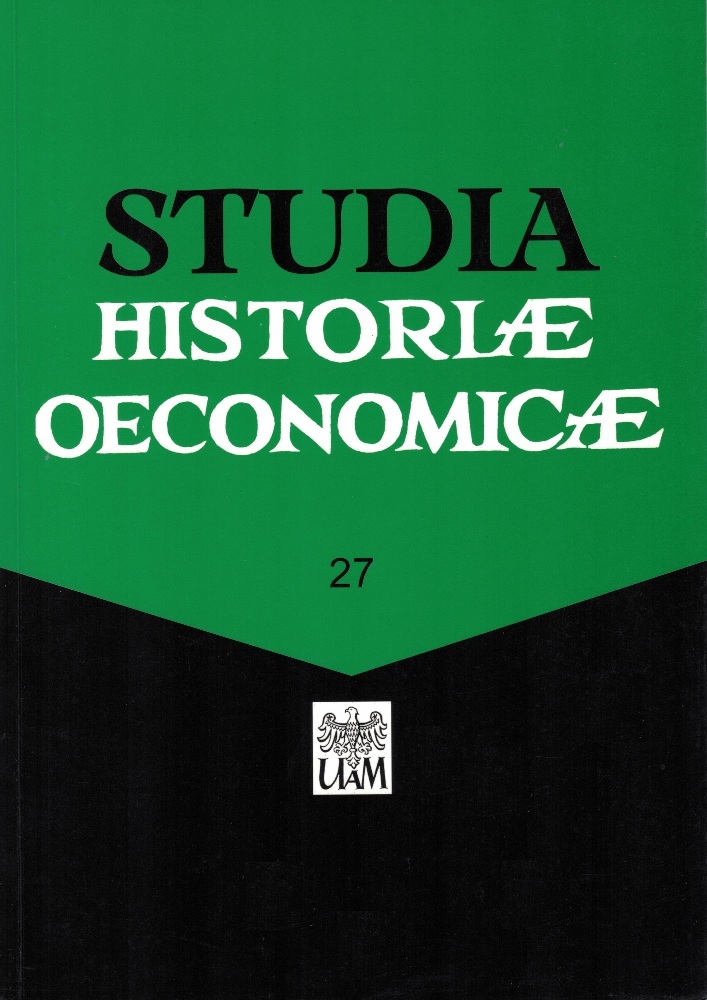Abstract
The civilisational change in human society, which has lasted for thousands of years, is closely linked to demographic growth and economic development. It should be noted that in the last century the rate of world population growth has accelerated considerably. In this case, one speaks of a population explosion. In this context, a balance between the growing world population and agriculture, as well as an equal distribution of the food produced worldwide, would currently be a desirable model of civilisational development. This balance would have a stabilising effect on the existence of states and societies. On the other hand, its absence leads on the one hand to increasing poverty and even hunger, from which people in many regions of the world, especially in Asia, South America and Africa, and on the other hand to political, economic and social problems, and above all to an increase in various pathological phenomena. Their frequent effects are numerous conflicts, i.e. revolutions, uprisings and wars, not only with local but also international spheres of influence.
License
© by Institute of History, Adam Mickiewicz University, Poznań, 2009
OPEN ACCESS




